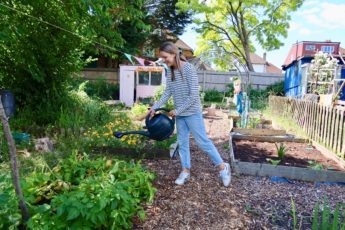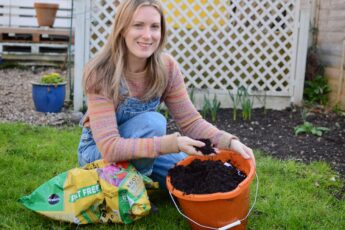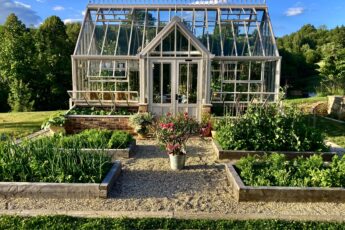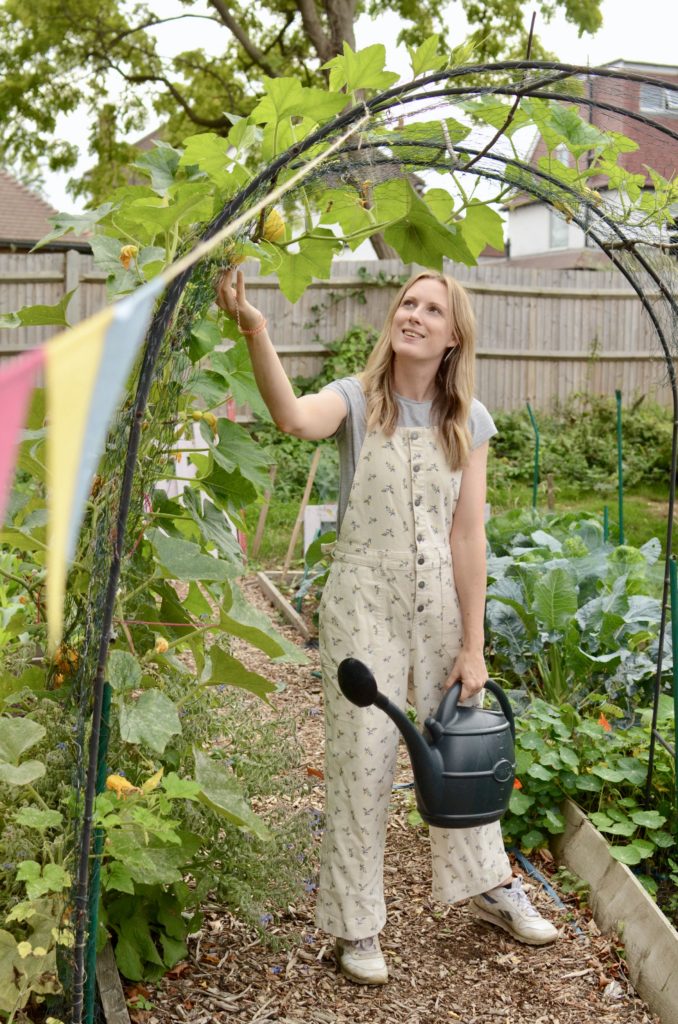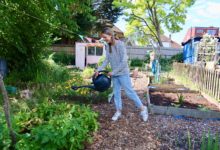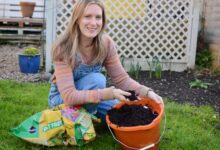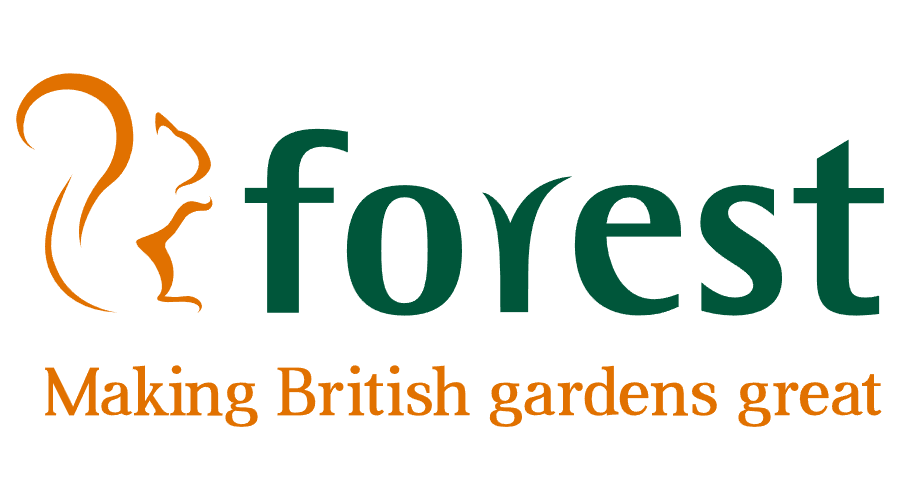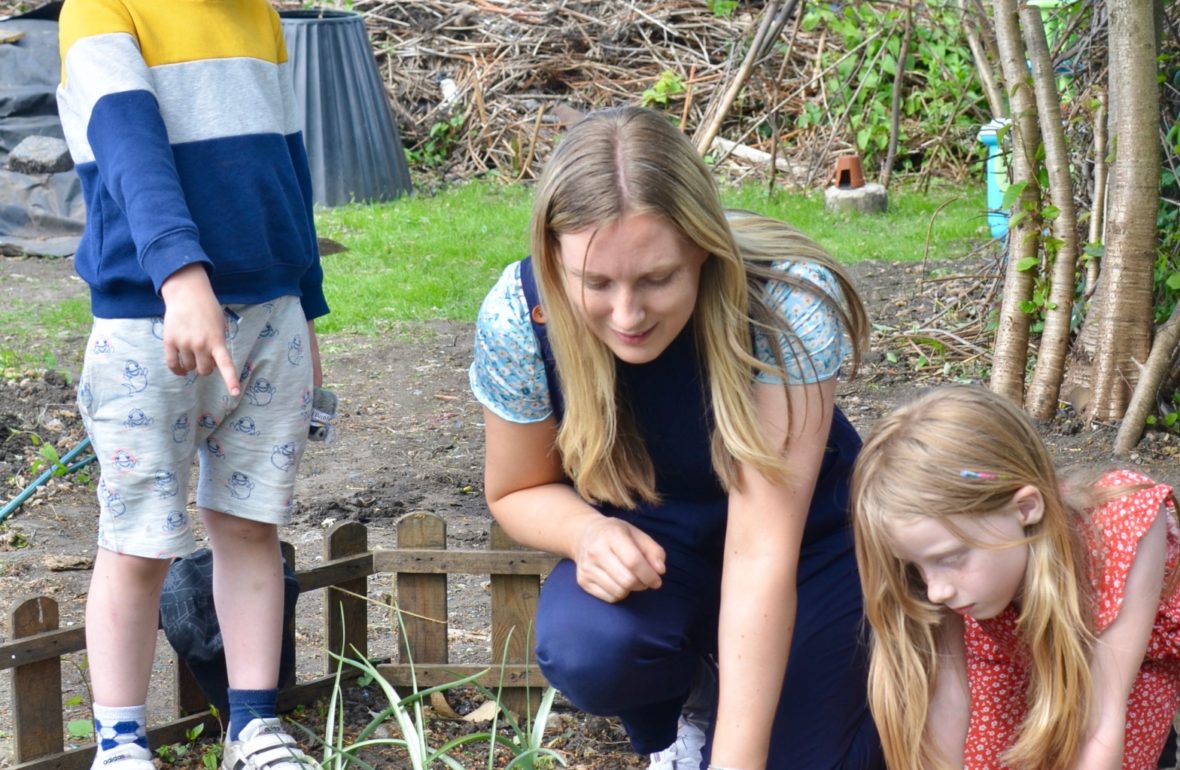
One of my favourite things to do in the garden as a child was to make little ponds using old pots or washing up bowls. I would find a small hidden crevasse in between a couple of the larger shrubs and dig a hole big enough to accommodate my container, fill it with rocks and water and promptly sit back to admire my handy work. Makeshift ponds were my secret stamp on my parents otherwise pristine back garden and I would become absolutely fascinated with both the creation of them as well as the creatures they would attract.
Wildlife is drawn to water. They seek it out, venturing any distance in order to locate these vital life-giving pools and it was always so astounding to me when they did. I would watch the strange and other-worldly specimens for hours as they swam, stumbled and slid silently around my ponds, marvelling at them from a distance. My mother would be happy to allow these small pools to appear around her garden, mainly because it kept me from fighting with my younger brother for a good few hours.
We were still captured in the depth of a long and unrelenting winter, and with news of a UK lockdown, my motivation for clearing the plot of the blackberry jungle was beginning to wane thin. As I sat perched on my broken pallet which was serving as a make-shift bench, I was reminded of my little childhood fascination with ponds and decided now was as good a time as any to see if I could replicate it.
This was now my plot of land and I didn’t have to scurry my pond away where no one could see it as I had in my childhood. My raised beds were pretty much laid out and the only space that remained for my pond was under the poplar tree. Using nothing more than my second hand, slightly bent banana shaped shovel, I marked out a rough shape on the ground and began to dig. Thanks to my avid watching of Blue Peter in my childhood, I was already aware of basic pond procedure. I knew that one side should be shallow, one side deep. The liner must be completely covered with rocks and planting should cover about a third of the water to provide adequate shelter for my visitors and prevent an epidemic of pond weed (a smelly disgusting plant that utterly devours a small pond, slowly sucking the life out of it until all that’s left is a pool of slime.)
Away I dug.
Digging is such a wonderful hobby in itself. If you were the sort of child who would immediately try to dig the biggest hole on the beach every time you set foot on the sand, you might very well enjoy digging too. Not only is it really good for you physically, exercising muscles you didn’t know you had, it’s also great for the mind. It’s therapeutic and you can get totally lost in the process. Sinking your shovel into the soil and removing the Earth below over and over again releases your mind of any stress or anxiety you might be going through and allows you to be totally present in that moment. It’s wonderful.
Although there were about a million other, arguably more pressing jobs to attend to, digging that pond was the best thing I could have done at that time in my life. The UK was in a lockdown, the schools were about to be closed for an unprecedented amount of time and I needed the outlet of a repetitive job in order to feel at peace for that little bit longer.
Once the pond was big enough, I covered it with a pond liner and filled it up to the top with rain water collected in an old water butt. It was time for the planting. I ordered my pond plants online as, thanks to the pandemic, garden centres across the country had closed.
The plants I ordered came with such specific instructions regarding water depth and how to place them that I felt quite overwhelmed with the whole process. In the end I did what any complete novice would do and simple whacked the whole lot in at the deepest part of the pond, telling myself that any plant that failed to survive could just be torn out as though it had never existed. Gardens don’t really hold a grudge after all and provide an excellent canvas for the more eraser-heavy artist.
Once I had collected enough rocks to place around the outskirts of the pond, I was happy to call it complete. Over that spring I planted Iris bulbs and sprinkled calendula and Californian poppy seeds all around it, ready to welcome the wildlife just as I had all those years ago as a child. My pond was the newest attraction at my plot and I couldn’t wait to find out which little creatures would be lining up to take their first dip.
All summer I checked on the pond to see what wonders awaited me. All summer I was disappointed to find nothing but a couple of snails and some passing bee’s. The thing I was waiting for, of course, was frogs. Arguably the most exciting pond visitor of all time, the frogs were going to be the starring act of my pond show. So high was my excitement of luring one of these green slimy creatures to my pond, I would check for them on an almost daily basis. But alas, the frogs did not come.
My only real encounter with any frogs in my life was during my childhood when my dad would attempt some of the larger garden projects, such as clearing out the shed at the very back of our land. Upon coming across a frog he would yell at the top of his voice for my brother and I to come and see the little critter and we would stare at it, bewildered as it frantically tried to hop from our view. My dad would watch too, hands on his hips, a look of pride stretched across his face as though it was a personal honour for this frog to have chosen to inhabit his shed. I suppose frogs were seen as a perfectly acceptable species to invade our outside space, unlike the squirrels who were clearly more of an antisocial nuisance, ripping off the heads of tulips and digging small holes in our lawn.
When the frogs didn’t arrive, I felt like I had done something wrong. I made a small frog habitat out of some sticks and a log and kept the pond topped up with water, but my efforts were futile. The green, slime infested little buggers simply wouldn’t show up. I felt like one of those children you read about in articles online when no one turns up to their birthday party, except of course the local football team or fire fighters wouldn’t turn up as compensation to my small allotment holding. Even if they did, I’m not sure they would quite feel the void of the missing frogs anyway.
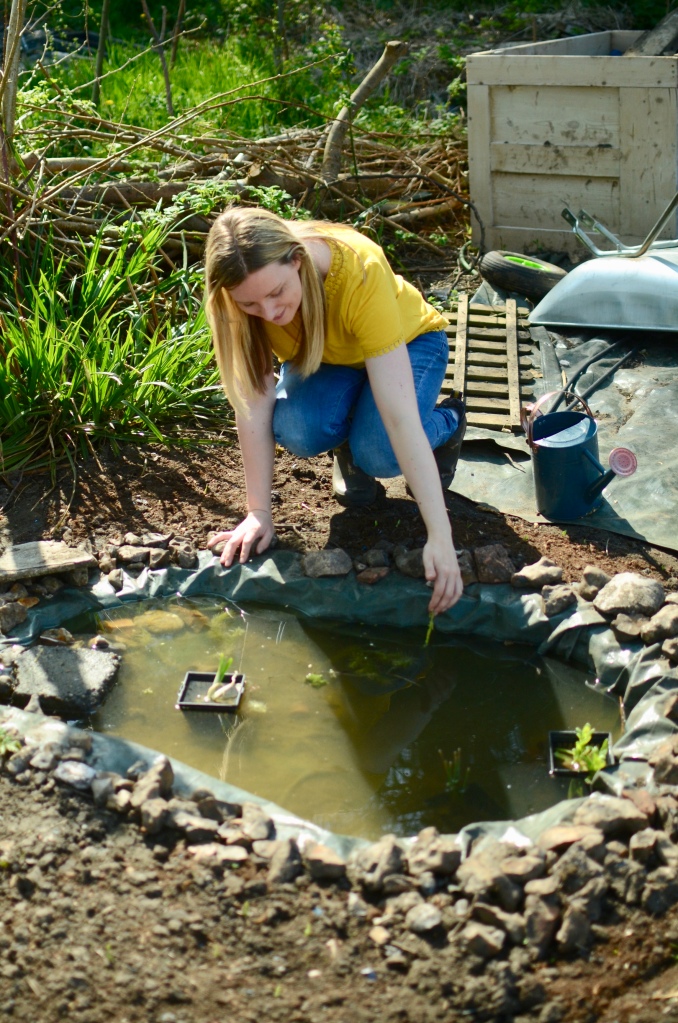
One day when checking the pond for signs of life, I did spot a few little black creatures, swirling about in the water with no real sense of direction or purpose. I found myself getting quite excited at the prospect that these could be tadpoles and also rather honoured that a frog might have chosen my little pond as the birth place of it’s offspring. But the creatures were tiny and didn’t seem to grow any bigger and I felt a little uneasy about them. They were multiplying at an alarming rate, threatening to overrun the pool and become the dominant creature. I wasn’t sure I wanted these creepy little black fish monsters to become the rulers of my water wonderland.
A quick google search alerted me to the fact that these could be fly babies. Gnat or mosquitoes, specifically. I certainly didn’t need anymore biting creatures at my plot, I was already wrestling with red ants, stray cats and a fox with a serious attitude problem. I did what anyone facing a war with a biting, flying enemy would do and killed them with some little drops you can buy, telling myself that it was a perfectly acceptable weapon of defence as they were marketed as being eco-friendly (to other creatures, not to the fly babies) and made from natural materials.
However, this whole situation did make me wonder whether it was possible to build a wildlife friendly garden and also be selective about what wildlife I encouraged? Probably not. I suppose when it came to my pond, I was playing more of a dictator role instead of a peace-keeper and the thought sat a little uneasy with me. If I wanted to build a plot that encouraged wildlife then it wasn’t my place to pick and chose which wildlife would be welcome. I would have to learn to embrace all of it and learn to accept that this was something I had no right to have control over.
The frogs didn’t come and in a way, I’m glad. It was time to stop being so obsessed with one kind of creature over another. Yes, frogs, hedgehogs and butterflies and bees are all lovely creatures that most of us are only too happy to welcome into our outdoor spaces. But we mustn’t become too fixated on them and must all learn to embrace as many different species as we can because they all play an important role in our gardens and planet.
Wind in the Willows certainly has a lot to answer for.


